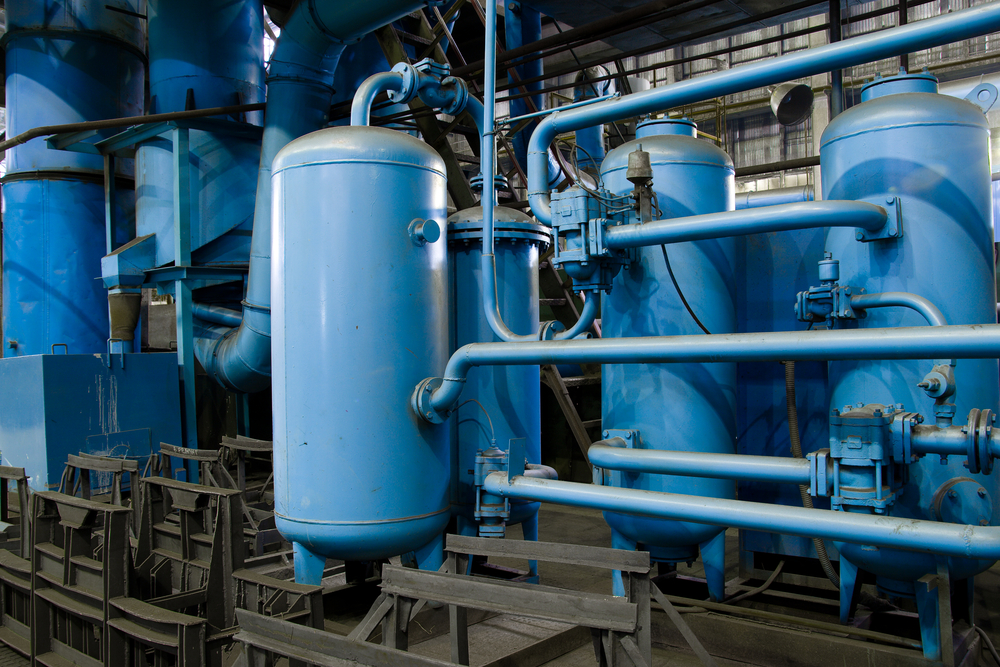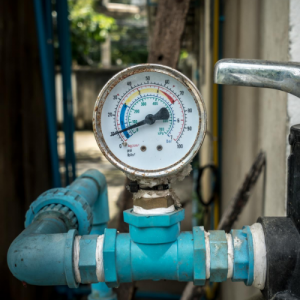Fast Methods for Minimal Water Pressure in Your Home
Fast Methods for Minimal Water Pressure in Your Home
Blog Article
Were you searching for content around 9 Reasons for Low Water Pressure in Your House?

Low water stress in your home can be an aggravating issue, affecting every little thing from showering to cleaning dishes. If you're experiencing weak water flow, there are numerous feasible reasons and remedies to check out. In this overview, we'll review usual reasons for low tide pressure and practical steps to deal with the issue efficiently.
Intro to Low Water Stress
Low water stress takes place when the circulation of water from your taps, showers, and other fixtures is weak than normal. This can make everyday tasks extra challenging and much less effective. Understanding the causes of low water stress is important to finding the best service.
Typical Sources Of Low Water Pressure
Pipeline Obstructions
Over time, pipelines can come to be blocked with natural resource, sediment, or particles, restricting the circulation of water. This is a common issue in older homes with galvanized steel pipelines.
Rust
Corrosion within pipes can result in leakages and minimized water stress. Corrosion buildup can restrict water flow, especially in maturing plumbing systems.
Faulty Pressure Regulatory Authorities
Stress regulatory authorities are in charge of keeping constant water stress in your house. If they malfunction, it can result in low water pressure or irregular circulation throughout your home.
Metropolitan Water Supply Issues
In some cases, the issue lies outside your home. Municipal water supply issues, such as main line leaks or upkeep work, can temporarily reduce water pressure in your location.
How to Detect Low Tide Pressure
Checking Faucets and Fixtures
Beginning by checking the water pressure at various faucets and components throughout your home. If the issue is separated to particular areas, it may show localized troubles.
Inspecting Pipelines
Check visible pipes for signs of leakages, deterioration, or obstructions. Focus on any uncommon noises, such as banging or rattling pipelines, which might show problems within the plumbing system.
Consulting with a Plumber
If you're unable to identify the reason for low tide stress, think about employing an expert plumber to perform a thorough evaluation. They can determine underlying concerns and suggest appropriate solutions.
Do It Yourself Solutions to Fix Low Water Pressure
Cleaning Up Aerators and Showerheads
Mineral deposits can build up in aerators and showerheads, reducing water circulation. Eliminate and cleanse these components on a regular basis to improve water stress.
Flushing Hot Water Heater
Debris accumulation in the water heater can restrict circulation and reduce efficiency. Purging the tank occasionally aids remove sediment and keep optimal performance.
Examining Pressure Regulatory Authority
Make certain that the pressure regulatory authority is working correctly. Adjusting or replacing the regulatory authority can assist restore proper water stress throughout your home.
Clearing Clogs in Pipeline
For minor obstructions, try utilizing a plumbing serpent or chemical drainpipe cleaner to clear obstructions in pipes. Beware when making use of chemicals and adhere to safety and security standards.
When to Call an Expert Plumber
If do it yourself initiatives fall short to resolve the problem or if you suspect significant plumbing problems, it's best to look for assistance from a certified plumber. They have the know-how and tools to deal with complex issues securely and effectively.
Safety Nets to Preserve Water Pressure
Routine Maintenance
Schedule routine upkeep for your plumbing system to stop concerns such as corrosion, leaks, and clogs. Addressing minor problems early can help stay clear of even more substantial repairs later.
Mounting a Stress Booster
Take into consideration mounting a pressure booster pump to improve water stress in areas with constantly low flow. This can be particularly beneficial for multi-story homes or homes with high-demand fixtures.
Tracking Water Use
Be mindful of water use routines and prevent ill-using the plumbing system. Simple modifications, such as astonishing showers and washing loads, can assist preserve ample water stress.
Final thought
Managing low tide stress can be aggravating, but identifying the underlying causes and carrying out appropriate solutions can bring back optimal circulation throughout your home. Whether it's cleansing aerators, examining pipelines, or consulting with a plumber, taking positive actions can guarantee a steady supply of water for your day-to-day demands.
FOUR WAYS TO FIX LOW WATER PRESSURE NOW
Turning on a shower or faucet only to find the water comes out in a sad, slow drizzle is never a good feeling. How exactly are you supposed to wash a pan or take a quick shower when it takes 10 minutes just to rinse off a little soap? The good news is that when your water pressure is bad, there's always a cause: typically one that can be easily fixed. Here are some of the most common causes of low pressure and what you can do to fix the issue:
DEBRIS AND MINERAL DEPOSIT BUILDUPS
If you notice low water pressure from just one or two of the fixtures in your house, the problem likely has to do with debris buildup. Water is full of minerals and other debris, all of which can accumulate in your pipes and on your fixtures. This can cause a blockage that affects how much water flows through. To fix this, try filling a small plastic bag with white vinegar, and use a rubber band to hang it around your showerhead or faucet. Let the head of the fixture soak for a few hours, and the vinegar should loosen the deposits.
WATER LEAKS
Leaks are another common cause of low water pressure. If water is flowing out of your plumbing through a hole or crack before it can reach your fixture, the pressure coming out of the faucet or showerhead will be lower. A plumbing professional is your best bet for finding and repairing a leak in your water supply pipes.
Leaks are another common cause of low water pressure. If water is flowing out of your plumbing through a hole or crack before it can reach your fixture, the pressure coming out of the faucet or showerhead will be lower. A plumbing professional is your best bet for finding and repairing a leak in your water supply pipes.
FOUR WAYS TO FIX LOW WATER PRESSURE NOW
Turning on a shower or faucet only to find the water comes out in a sad, slow drizzle is never a good feeling. How exactly are you supposed to wash a pan or take a quick shower when it takes 10 minutes just to rinse off a little soap? The good news is that when your water pressure is bad, there's always a cause: typically one that can be easily fixed. Here are some of the most common causes of low pressure and what you can do to fix the issue:
DEBRIS AND MINERAL DEPOSIT BUILDUPS
If you notice low water pressure from just one or two of the fixtures in your house, the problem likely has to do with debris buildup. Water is full of minerals and other debris, all of which can accumulate in your pipes and on your fixtures. This can cause a blockage that affects how much water flows through. To fix this, try filling a small plastic bag with white vinegar, and use a rubber band to hang it around your showerhead or faucet. Let the head of the fixture soak for a few hours, and the vinegar should loosen the deposits.
WATER LEAKS
Leaks are another common cause of low water pressure. If water is flowing out of your plumbing through a hole or crack before it can reach your fixture, the pressure coming out of the faucet or showerhead will be lower. A plumbing professional is your best bet for finding and repairing a leak in your water supply pipes.
Leaks are another common cause of low water pressure. If water is flowing out of your plumbing through a hole or crack before it can reach your fixture, the pressure coming out of the faucet or showerhead will be lower. A plumbing professional is your best bet for finding and repairing a leak in your water supply pipes.
A VALVE ISSUE
If you have low water pressure throughout your home, check your main shut-off valve to make sure it's completely open. You may also want to see if there's a pressure-reducing valve installed. If there is, have a plumber help you adjust the settings to get the pressure you're looking for.
OTHERS USING WATER
Believe it or not, your low water pressure could be caused by your neighbors. If you notice low pressure at certain times of day, it may be because you and the people living next to you have similar schedules - when everyone is showering at the same time, the pressure will be lower in every home. Low pressure throughout the neighborhood may also be caused by an issue with your municipal water supply. If that's the case, call the supplier to see if they're working on the issue.
https://www.rotorooter.com/blog/water-leaking/low-water-pressure-fixes/

As a person who reads about 4 Ways to Troubleshoot Low Water Pressure, I assumed sharing that segment was worthwhile. Do you know somebody else who is excited about the subject? Take a moment to promote it. Thank you so much for your time spent reading it.
Click For More Information Report this page